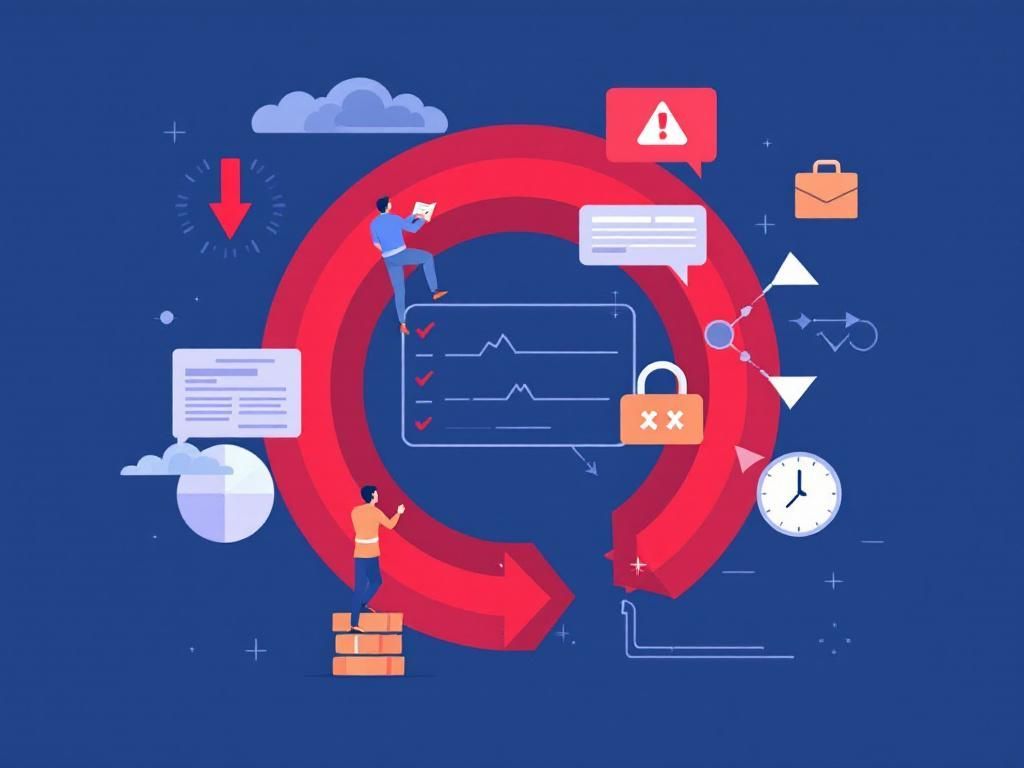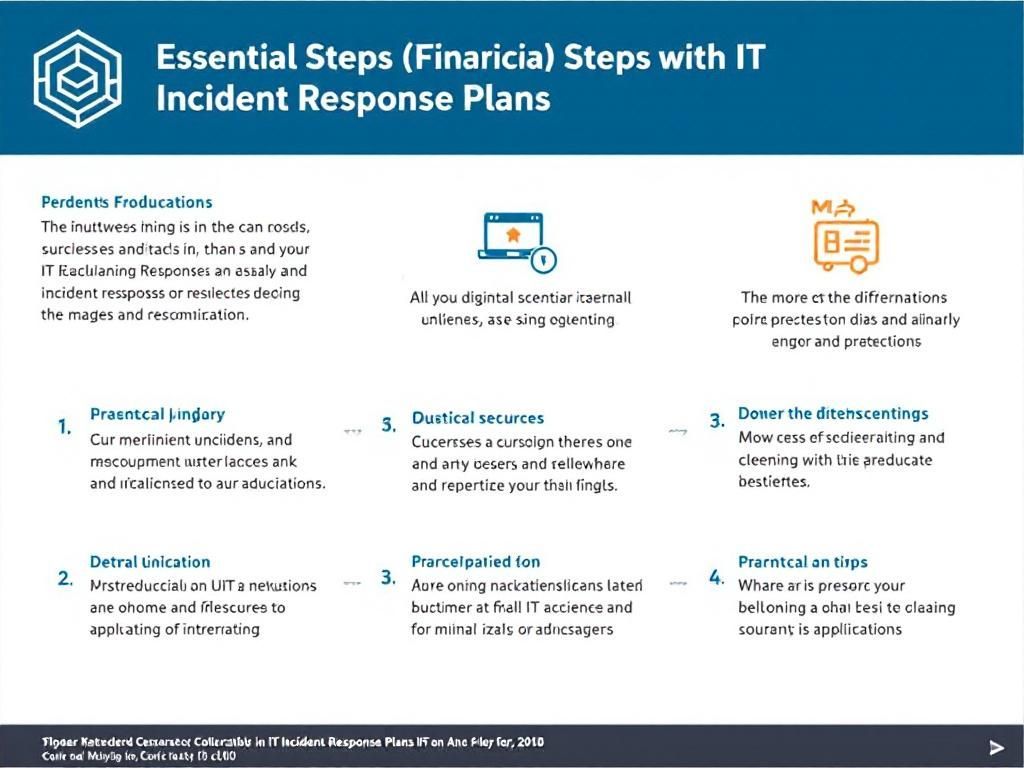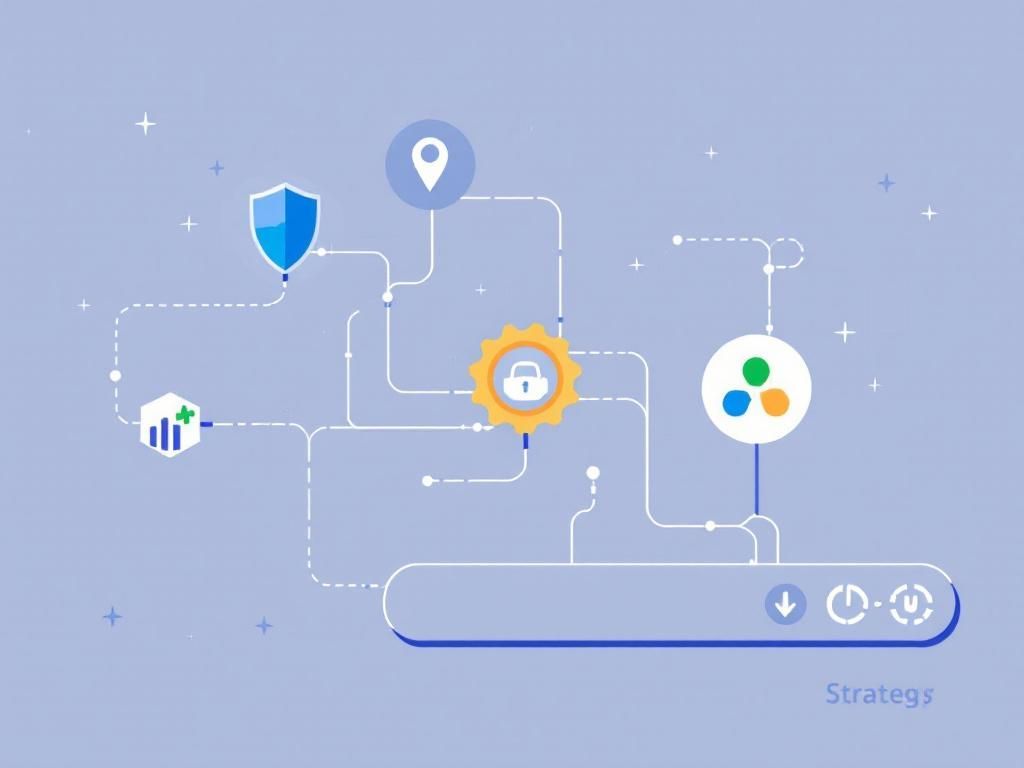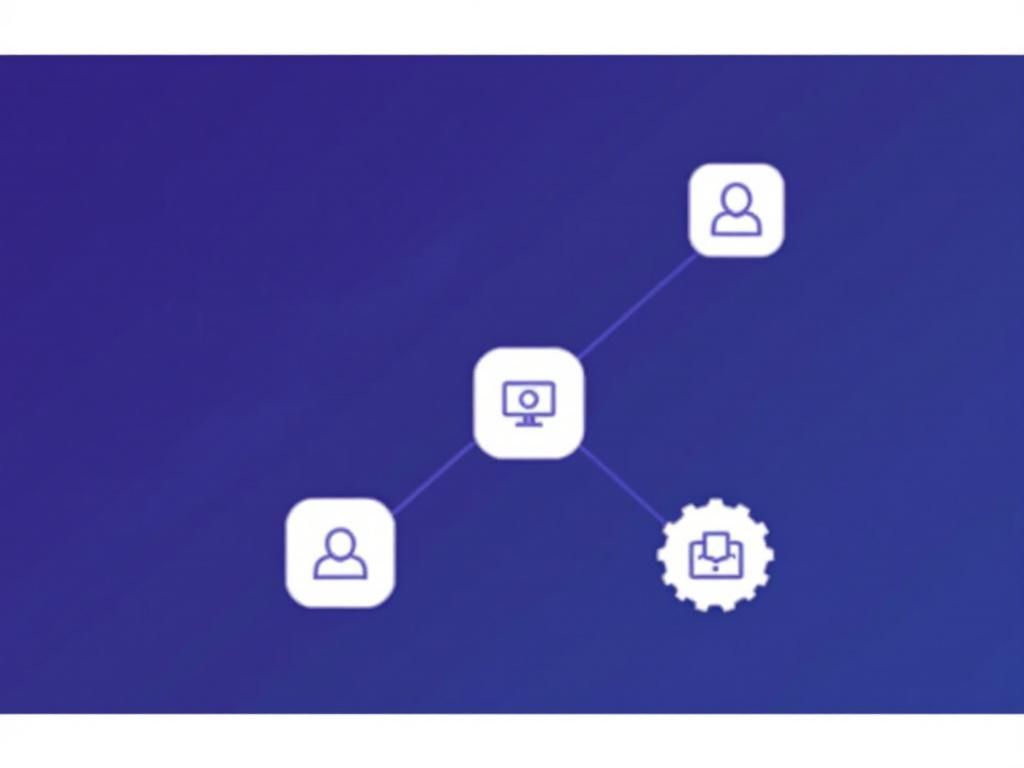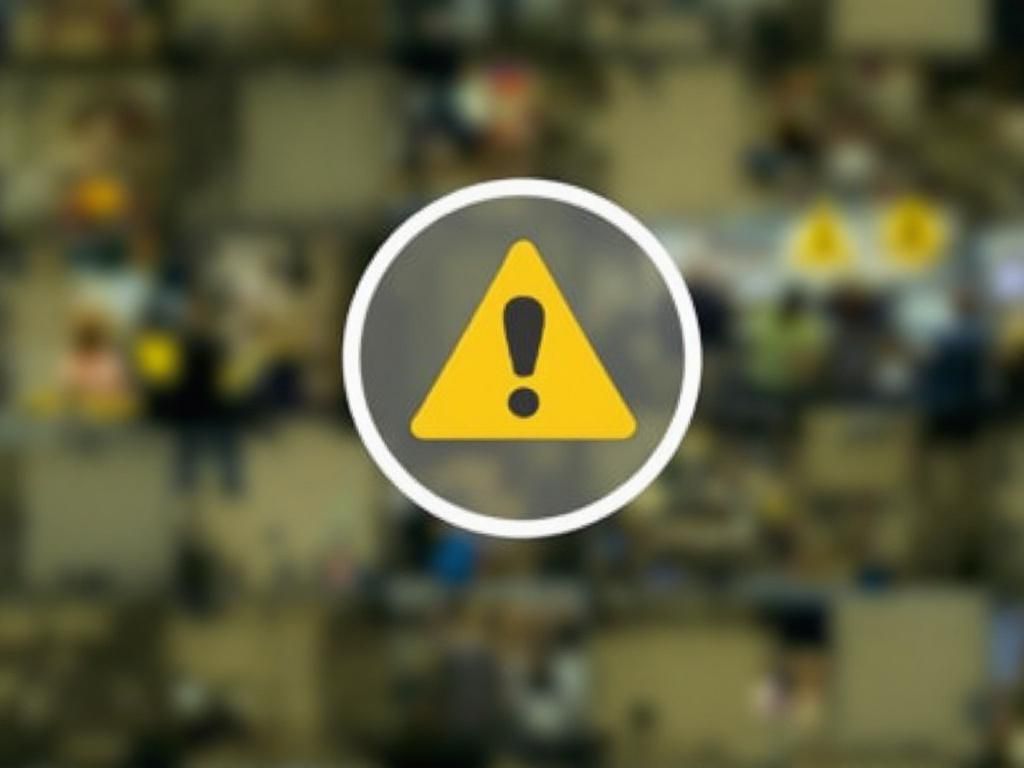Automate Your Enterprise Network Patch Management
Discover effective strategies to automate patch management in your enterprise network for enhanced security and efficiency.

In today’s fast-paced digital landscape, where cyber threats are increasingly sophisticated and prevalent, organizations must prioritize the security of their IT infrastructure. One critical aspect of maintaining a robust security posture is effective patch management. Automating patch management within your enterprise network not only streamlines the process, but also ensures that your systems are consistently updated and less vulnerable to attacks. This article delves into the significance of automating patch management, the tools available, and the best practices for successful implementation.
Table of Contents
The Importance of Patch Management
Patch management is the process of distributing and applying updates to software. These updates may be security patches, bug fixes, performance enhancements, or new features. Regular patch management is crucial for several reasons:
- Security Vulnerability Mitigation: Unpatched software is a prime target for cybercriminals who exploit known vulnerabilities.
- System Stability and Performance: Regular updates improve the overall performance and stability of software systems.
- Compliance with Regulations: Many industries have strict compliance requirements that mandate regular software updates.
Challenges of Manual Patch Management
Relying on manual patch management can lead to various challenges, including:
- Inconsistent Updates: Manual processes often result in missed patches and updates.
- Time-Consuming: The manual review and application of patches can consume valuable IT resources.
- Increased Risk of Errors: Human error can lead to incorrectly applied patches, causing system instability.
Benefits of Automating Patch Management
Automating the patch management process offers several advantages:
- Efficiency: Automation significantly reduces the time required to apply patches across multiple systems.
- Consistency: Automated tools ensure that patches are applied uniformly across all devices.
- Real-Time Monitoring: Automated systems can continually monitor for new patches and alerts, ensuring quick responses.
Cost Savings
While there may be upfront costs associated with implementing automated patch management tools, the long-term savings can be substantial. Organizations can reduce the risk of security breaches, minimize downtime, and decrease the labor costs associated with manual processes.
Choosing the Right Tools
When selecting a tool for automating patch management, consider the following criteria:
- Compatibility: Ensure the tool is compatible with your existing IT infrastructure.
- Scalability: The tool should be able to scale with your organization as it grows.
- Reporting and Analytics: Look for tools that provide comprehensive reports on patch status and compliance.
Top Patch Management Tools
| Tool | Description | Key Features |
|---|---|---|
| ManageEngine Patch Manager Plus | A comprehensive patch management tool that supports both Windows and Linux. | Automated patch deployment, detailed reporting, and rollback features. |
| Ivanti Patch Management | Provides automated patch management solutions with a strong focus on security. | Inventory management, risk assessment, and compliance reporting. |
| Microsoft SCCM | A popular choice among enterprises, integrated with other Microsoft services. | Simple deployment, application management, and extensive reporting. |
| SolarWinds Patch Manager | Designed for enterprises of all sizes, offers easy integration with existing systems. | Automated patch deployment, extensive reporting features, and user-friendly dashboard. |
Best Practices for Implementation
To ensure successful automation of patch management, consider the following best practices:
- Establish a Patch Management Policy: Define clear policies regarding patch frequency, testing, and deployment.
- Test Patches Before Deployment: Implement a testing phase to avoid disruptions caused by faulty patches.
- Keep an Inventory: Maintain an up-to-date inventory of all software and systems in use for effective management.
- Regularly Review and Update the Process: Periodically evaluate your patch management process and tools to ensure they meet current needs.
Training and Awareness
Ensure that your IT staff is well-trained in the chosen patch management system and understands the importance of regular updates. Create a culture of security awareness within your organization, so all employees comprehend the impact of software vulnerabilities.
Conclusion
Automating patch management is not just a best practice; it is a necessity in today’s threat landscape. By implementing the right tools and processes, organizations can enhance their security posture, reduce downtime, and free up IT resources to focus on more strategic initiatives. Take the proactive step today to safeguard your enterprise network and stay ahead of potential cyber threats.
FAQ
What is enterprise network patch management?
Enterprise network patch management is the process of managing updates and patches for software and hardware across an organization’s network to ensure security and functionality.
Why is patch management important for my enterprise?
Patch management is crucial for protecting your enterprise from vulnerabilities, ensuring compliance with regulations, and improving overall system performance.
How can I automate my patch management process?
You can automate your patch management process by using specialized software solutions that schedule, deploy, and monitor updates across your network without manual intervention.
What are the benefits of automated patch management?
Automated patch management reduces the risk of human error, saves time, enhances security, and ensures timely updates, leading to improved system reliability.
Can automated patch management integrate with existing IT systems?
Yes, many automated patch management solutions are designed to integrate seamlessly with existing IT infrastructure and tools, allowing for a cohesive management experience.
How do I choose the right patch management software for my enterprise?
When choosing patch management software, consider factors such as ease of use, compatibility with your systems, reporting capabilities, and customer support.

